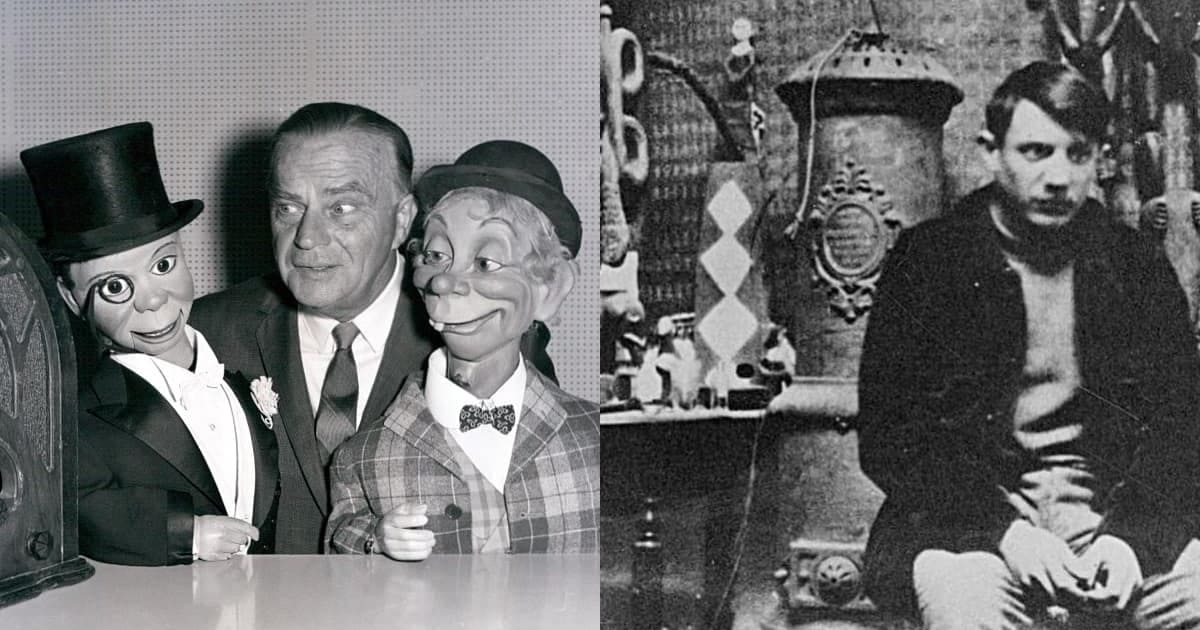The International Council of Museums adopted a standard definition for museums in 2007. It reads thus: “A museum is a non-profit, permanent institution in the service of society and its development, open to the public, which acquires, conserves, researches, communicates and exhibits the tangible and intangible heritage of humanity and its environment for the purposes of education, study and enjoyment.” Many organizations take that definition somewhat lightly in presenting their collections of the strange to a curious public. Around the world, there are scores of museums dedicated to the trivial, the outright strange, and the highly questionable. There are museums dedicated to drinking water, to lawnmowers, to lingerie, and even to bread.

There is a museum of bad art in Massachusetts (who decides what constitutes bad art?). A Turkish museum displays the hair of more than 16,000 women. The hair is displayed in a cave, with each including the woman’s name and address. There are hard objects more common than salt and pepper shakers. Yet they have their own museum, in Gatlinburg, Tennessee, a town well known for somewhat kitschy tourist attractions. More than 20,000 pairs are on display, with replicas of many available to purchase for those who can’t resist. One questions the non-profit aspect of such a museum. There are museums for the mythical, the mystical, the mysterious, and the mundane. Here are some of the most bizarre found around the world.

1. The Kunstkamera in St. Petersburg
Established by the Russian Tsar Peter the Great, the Kunstkamera (Art Chamber) sits on the Neva River. Peter wanted the museum to display natural curiosities. By that, he meant deformed fetuses of animals and humans. Under his orders, people across the Russian Empire sent the bodies of deformed still-born infants to be housed in his collection. He kept his original collection, which expanded steadily, in the Summer Palace in St. Petersburg while the Museum was under construction (1719-1727). Later, the museum expanded to include collections of minerals, gems, and other objects of interest to the Tsar and his successors. The collection of deformed fetuses can still be viewed by those so inclined. Another object available for viewing is the head of Willem Mons.
The unfortunate Willem had a sister, Anna Mons, who Peter entertained as a mistress for some time before marrying his second wife, Catherine. Willem then served as the administrator for Catherine’s estates, at her request. He also served Peter as a personal aide. Willem may or may not have had an affair with Catherine. After Anna lost favor with the Tsar, Willem found himself accused of embezzling funds from Catherine’s estates. Peter had Willem beheaded, the head pickled in alcohol, and according to legend, displayed in Catherine’s private chambers. Catherine became Empress Regnant on the death of Peter in 1725 as Tsarina Catherine I. She had the head removed to her husband’s collection of “curiosities”, where it can still be viewed by visitors to the Kunstkamera today. One wonders how it meets the standards of “education, study and enjoyment”

